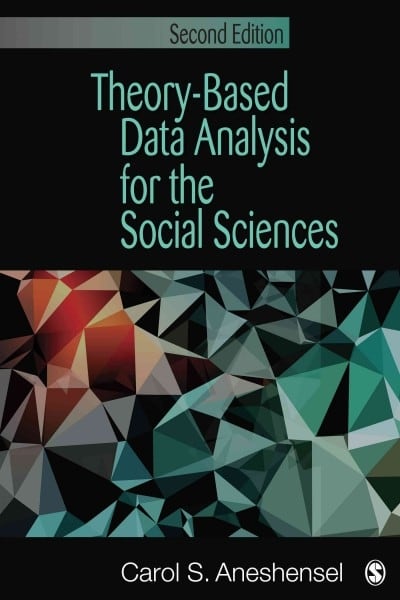Question
Case Study: Mr. Stanton Mr. Stanton, full-bearded, 33-year-old fireman, was hospitalized for second- and third-degree burns over a third of his body. During the month
Case Study: Mr. Stanton Mr. Stanton, full-bearded, 33-year-old fireman, was hospitalized for second- and third-degree burns over a third of his body. During the month he spent on the burn unit, he was a model stoic patient, but a week after discharge, during his first appointment in the surgical clinic, he was tremulous, stammering, and unresponsive to the surgeon's assurances. Deeply concerned, the surgeon pages the burn unit's consultant-liaison psychiatrist and introduces him to Mr. Stanton, who shakes hands and mumbles, "I sort of expected you'd be calling in the shrinks." Although Mr. Stanton tries to appear confident, he chain-smokes, glances around furtively, squirms in his chair, and at times bursts into tears. When he is able to calm down somewhat, he explains that he cannot stop thinking about how, for the first time in his distinguished career, he entered a burning building alone, in a manner contrary to the safety procedures he was responsible for teaching, and sustained near-fatal burns. He tells the interviewer, "You see before you the wreck of what once was a pretty good man." His hospitalization was bearable because the staff on the burn unit was very supportive, but he admits now that during that month he was troubled by frequent terrible nightmares about the fire. He did not say anything about them because he thought they would pass. Now that he is home, he admits he is constantly jumpy and nervous and drinks to calm his nerves and to sleep. He feels humiliated about his mistake at the fire and cannot stop replaying it in his mind. His recurrent nightmares, in which he re-experiences the fire over and over again, have worsened since he has been home, and is having great difficulty going to sleepperchance to dream. At the invitation of his co-workers, Mr. Stanton recently visited the fire station with great reluctance. When a fire alarm sounded, he "nearly leaped out of what was left of my skin" and began to tremble and sweat. He left hurriedly, pleading illness. He is very ashamed about having to face his co-workers in his present condition: shaky, sweating, and frightened, instead of his usual brash and fearless self. He is scheduled to return to his duties on a part-time basis in 2 weeks but doesn't think he will ever be able to stand going back to the firehouse or going out to fight a fire again. He feels that he is cracking up. He paces the floor, is afraid to leave the house on his own, and frequently feels dizzy, numb, and detached. He says he doesn't feel like himself anymore and does not want to talk to anyone. He also expresses a sense of total helplessness and horror about how he looks. For the first time, he has begun to wonder whether life is worth living.
Case Study Conceptualization Template
Client's Presentation:
(For each category below, write down what you perceive/read/hear from what the client is conveying that fits within the category. Use a bullet point format. See example belowthese will not be used in every case study, these are examples:)
- Symptoms:
- Behaviors:
- Stressors:
- Length of Issue:
DSM 5-TR Diagnosis and Diagnostic Criteria
- Client Conceptualization:
- Diagnosis with F(codes) and specifiers/modifiers:
Diagnostic Features and Risk Factors
- Diagnostic Features:
- Risk Factors:
Step by Step Solution
There are 3 Steps involved in it
Step: 1

Get Instant Access to Expert-Tailored Solutions
See step-by-step solutions with expert insights and AI powered tools for academic success
Step: 2

Step: 3

Ace Your Homework with AI
Get the answers you need in no time with our AI-driven, step-by-step assistance
Get Started


